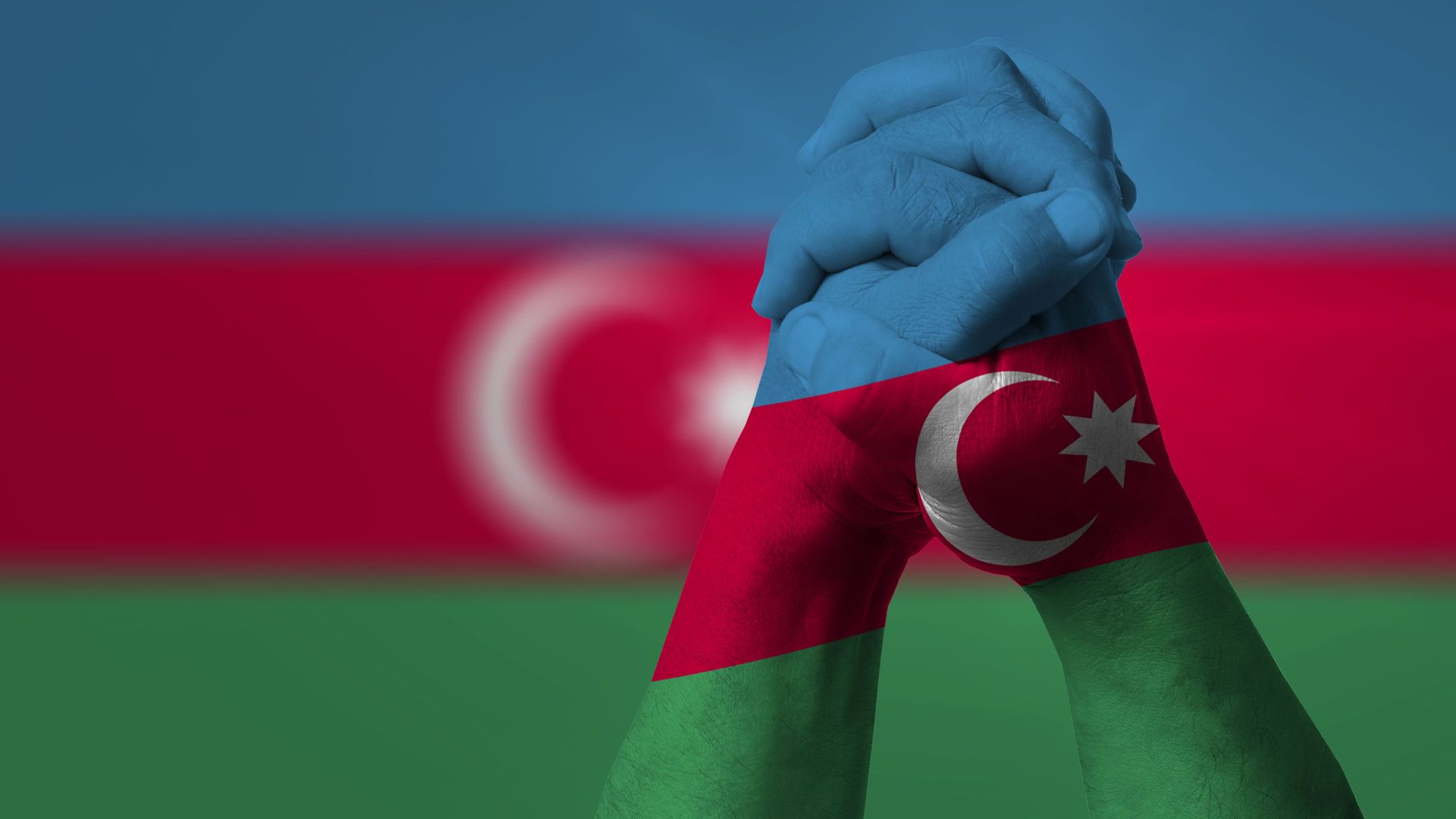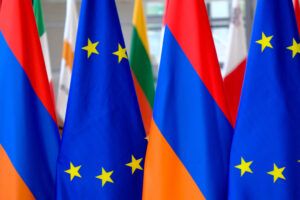Dr Farid Shafiyev, Chairman, Ambassador, Center of Analysis of International Relations (AIR Center)
European Committee of the Regions in a recent opinion calls for the EU to adopt a more flexible approach to countries in the Eastern Partnership and to work more closely with local and regional authorities. The CoR’s opinion suggests that the EU should look at the region in a more global way, by identifying forms of potential cooperation – via the Eastern Partnership (EaP) – with countries in the Balkans and in Central Asia.
We have interviewed key experts from the EaP countries to find out their goals and priorities in relations with Central Asian countries. Here are the answers from Azerbaijan.
After the collapse of the Soviet Union, the European Union has engaged with the countries of the Caucasus and Central Asia to promote transport links on vast Eurasian continent. One of the early projects to revive the so-called Silk Road was TRACECA, is an international transport program initiated by the EU which involved twelve countries in the Eastern Europe, South Caucasus and Central Asia. The headquarters of the TRACECA was established in Baku which is still functioning. However, in the 2000s the EU and commercial companies have not paid much attention to this program as cheaper routes were available for transportation of cargo between Europe and Asia. With rising economic power of China, Beijing came up with its own transport program Belt and Road Initiative.
The situation dramatically changed after the Russian-Ukrainian war in February 2022. The northern route passing through Russia was shut down while sea channels could not handle the increasing volume of cargo flow.
Two decades ago, Azerbaijan with several neighboring countries, including Georgia, Kazakhstan and Turkey embarked on ambitious project to advance transport route between China and Europe through respective countries. Experts dubbed this project the “Middle corridor” which became one of the viable alternatives to Northern route. Despite some infrastructural and other challenges such as multimodality, the cargo flow through the Middle corridor increased six times since the Russian-Ukrainian war.
What joint programs exist or are planned in your country for cooperation with Central Asia?
Azerbaijan is currently actively working with Central Asian countries to promote trade and investment. With Kazakhstan Azerbaijan has already advanced in upgrading ferry, port and other transport infrastructure. Astana is also interested in delivering its oil resources through Azerbaijan’s pipelines going westward through Georgia to Turkey. Azerbaijan and Central Asian partners are also working on high-speed internet connectivity. With Uzbekistan, the two countries are implementing projects in energy, transport and agriculture. Across the Caspian Sea Azerbaijan is in close cooperation with Turkmenistan on energy cooperation (gas swaps) and discuss the further upgrade of ferry, rail and other projects.
Can the EU help this rapprochement?
In the 1990s the EU along with the United States was instrumental in creating oil and gas pipelines which currently delivers Azerbaijan’s hydrocarbon resources to the global and European market, including through the Southern Gas Corridor. The EU established the Advisory Council on this issue which holds regular meetings. It is high time for the EU to engage at more advanced level to support the Eurasian Connectivity, including the Middle Corridor. The establishment of a permanent body would be a first step in such direction.
Do you consider such cooperation beneficial for your country?
Azerbaijan greatly benefited from cooperation with the EU and Central Asian partners. The hydrocarbon resources which Azerbaijan delivered to the global and European market significantly reshaped the internal economic and social landscape of the country. It brought revenues to transit countries like Georgia and Turkey. Connecting dots between Europe and Central Asia will be beneficial for all actors involved.




